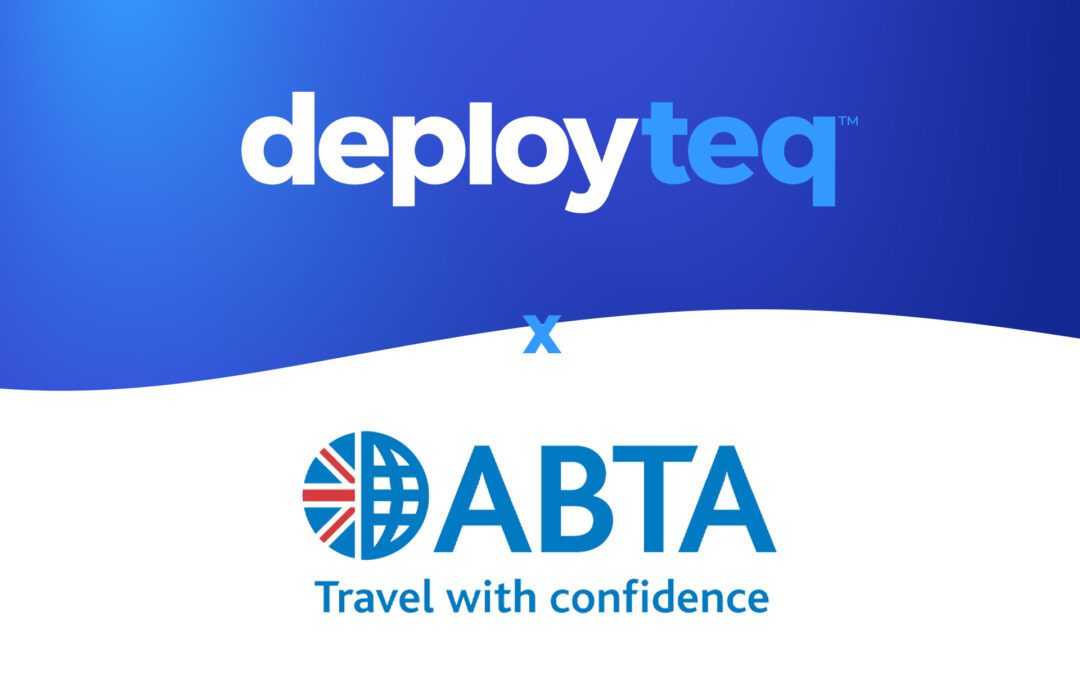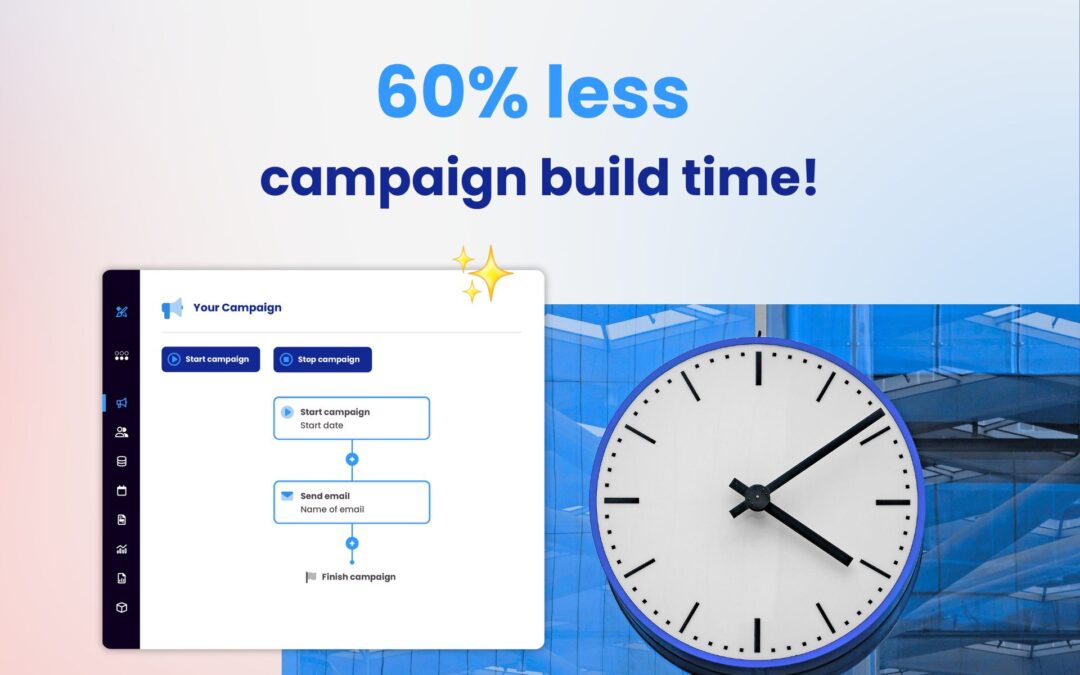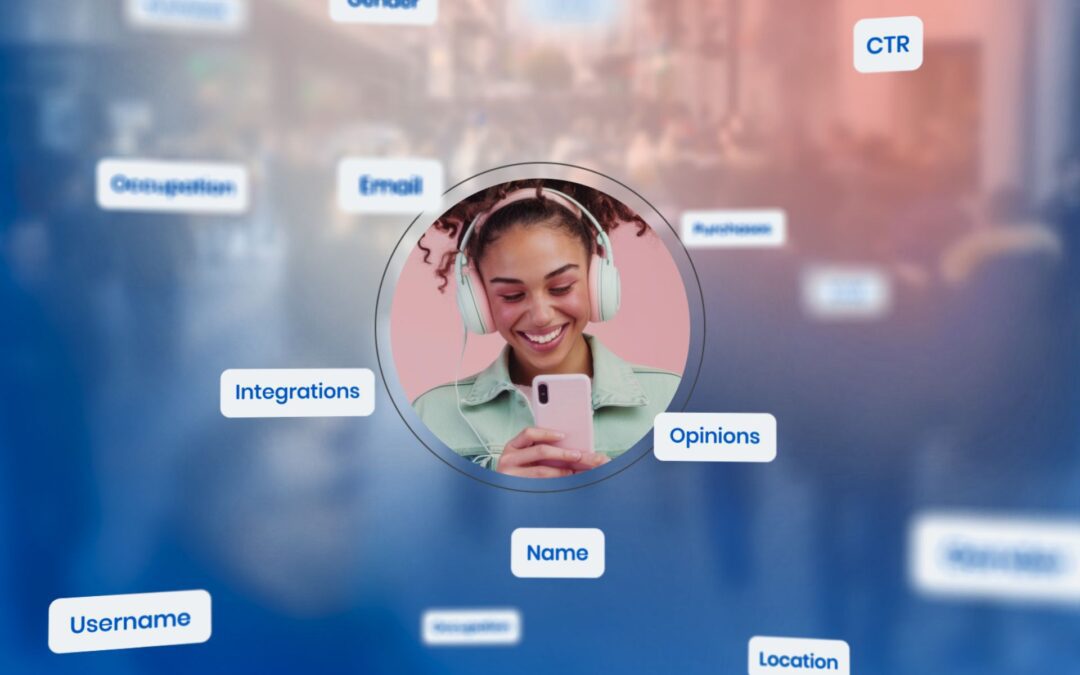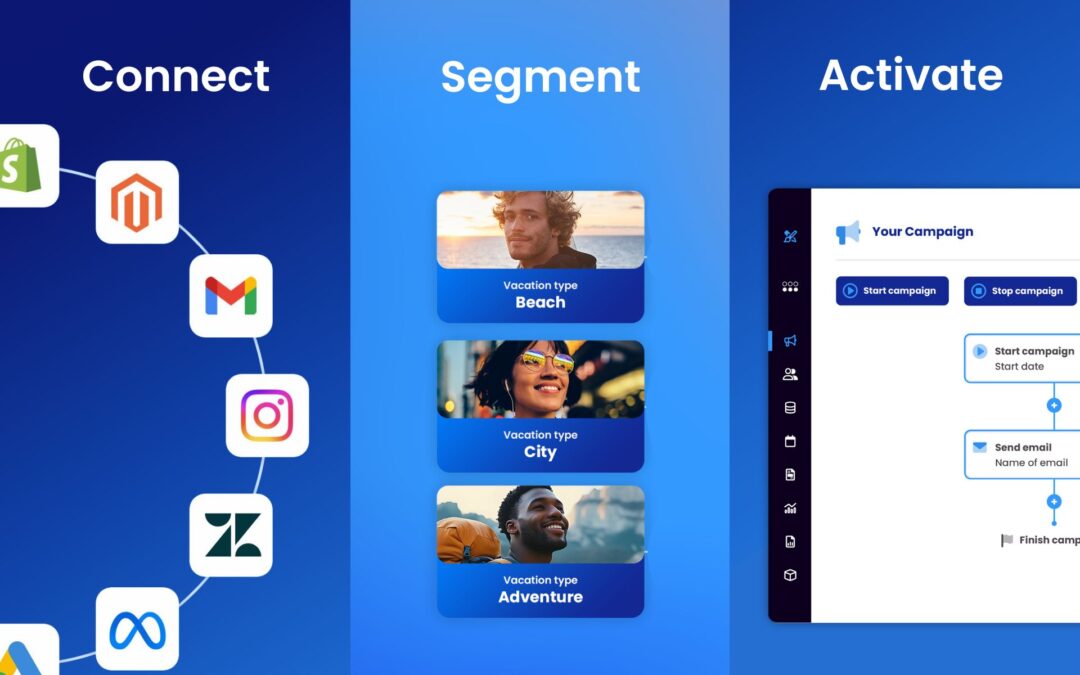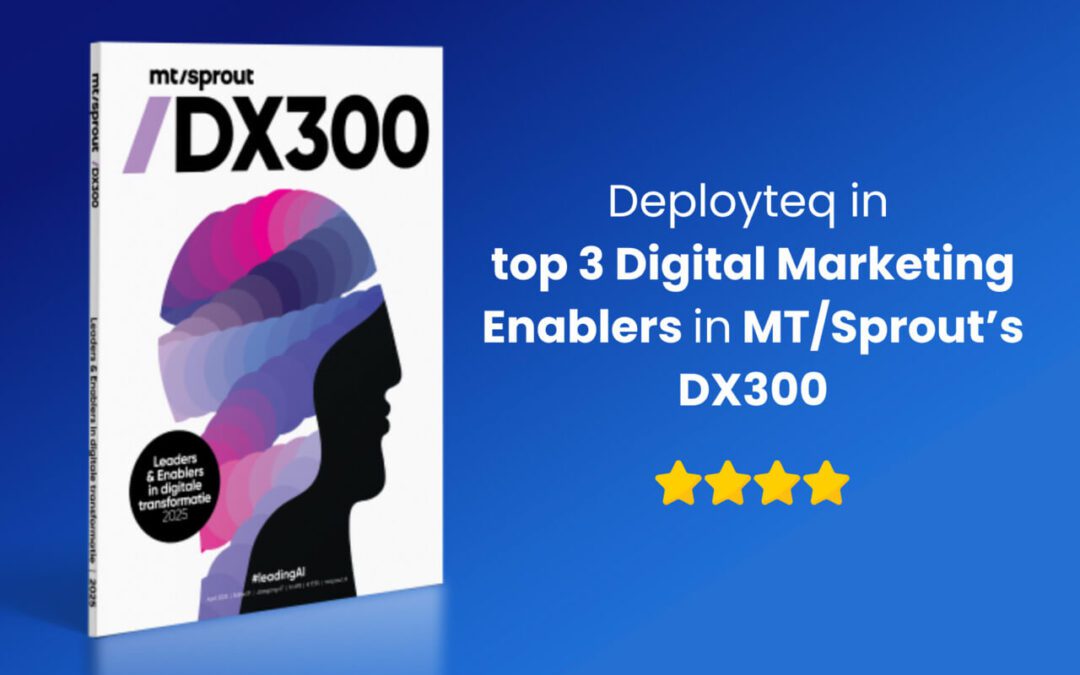Customer loyalty is becoming even more important in publishing and media. The digital age has transformed how content is consumed, leading to a highly competitive landscape where readers have endless choices at their fingertips.
Because of this, publishers have had to reevaluate their strategies to keep audiences engaged and loyal. Customer loyalty is the cornerstone of sustained revenue growth and market stability in this sector. Loyal customers not only ensure a steady stream of revenue through subscriptions and recurring engagements but also amplify brand value through word-of-mouth and social sharing.
By prioritising customer loyalty, publishing and media entities can navigate the changing tides, ensuring long-term growth and a competitive edge in a crowded marketplace.
Why customer loyalty matters in today’s Publishing and Media landscape
Customer loyalty plays a pivotal role in today’s publishing and media landscape for several reasons. Digital transformation has significantly altered customer expectations. Customers now seek consistent, high-quality experiences that meet or exceed their expectations regularly. This shift demands that businesses not only keep up with technological advancements but also use them to enhance customer satisfaction and loyalty.
Focusing on customer retention is more cost-effective than investing solely in customer acquisition. Plus, retaining current clients allows businesses to better understand their audience’s habits, leading to more effective and targeted marketing efforts.
Combining the above with the pressure to create content on a diverse range of topics to monetise website content through affiliate links, product placements and advertorials, customer loyalty is essential in the digital age of publishing and media. It ensures sustained revenue growth, enables companies to better meet evolving customer expectations through digital transformation, and is more cost-effective compared to the constant pursuit of new customers.
Key strategies for enhancing customer loyalty
A multi-faceted approach to enhancing customer loyalty in the publishing sector relies on delivering value and building strong relationships with subscribers. Here are three key strategies:
Personalisation in content delivery: Personalising content involves using data insights to tailor publications and communications according to individual customer preferences and behaviours. By understanding what content each subscriber prefers, publishers can create a more engaging and relevant reading experience, thereby increasing loyalty.
Reward and loyalty programs for subscribers: Implementing loyalty programs that reward subscribers for their continued engagement can significantly boost loyalty. These rewards can be tailored to fit the subscriber’s preferences, further personalising their experience. Rewards could include exclusive access to content, discounts on subscriptions, or special offers on related products and services.
Leveraging data analytics for customer insights: Data analytics is crucial for understanding subscriber behaviours, preferences, and needs. By analysing customer data, publishers can gain valuable insights that inform content strategies, personalization efforts, and reward programs. This data-driven approach allows for more effective engagement strategies, ensuring that subscribers receive content and offers that resonate with them, thus fostering loyalty.
Implementing these strategies effectively requires a deep understanding of your audience and a commitment to continuously adapting and improving engagement efforts based on subscriber feedback and data insights.
What are the different types of loyalty programs for media consumers?
For consumers, loyalty programs can be divided into four main categories: points-based, value-based, tiered, and subscription-based. Regardless of the type(s) your business chooses, it needs to be implemented successfully to retain customers – along with rewards, exclusive content, or special discounts, to motivate continuous engagement and purchases. Programs like these facilitate the development of strong relationships between media outlets and their audiences, enhancing customer loyalty.
1. Points-based loyalty programs
Points-based loyalty programs reward customers with points for purchases or engagements, such as subscribing, reading articles, or sharing content. These points can be exchanged for discounts, exclusive content, or other perks, encouraging continued custom and interaction. This strategy helps to foster a loyal reader base by rewarding their activities and support and is more commonly seen in retail, food and beverage, and e-commerce.
2. Value-based loyalty programs
Value-based loyalty programs reward customers based on the value they provide to the company, often through content contribution, referrals, or social shares. These programs focus on the qualitative aspects of customer interaction, encouraging a deeper connection with the brand by acknowledging and rewarding valuable customer actions.
3. Tiered loyalty programs
Tiered loyalty programs segment customers into different levels based on their engagement or purchase history. As customers interact more or spend more, they move up tiers, unlocking greater rewards, exclusive content, or perks. This structure encourages ongoing engagement and investment in the brand.
4. Subscription-based loyalty programs
Subscription-based loyalty programs offer subscribers exclusive benefits, content, or discounts in exchange for a recurring fee. This model fosters long-term customer engagement by providing continuous value, thereby enhancing brand loyalty and ensuring a steady revenue stream for publishers.
Tools and technologies for tracking and enhancing customer loyalty
Customer Relationship Management (CRM) systems and customer engagement platforms are two of the primary tools and technologies for tracking and enhancing customer loyalty. Businesses use CRM systems to manage and analyse customer interactions and data throughout the customer lifecycle. Through the collection of data from various communication channels, such as a website, telephone, email, live chat, marketing materials, and social media, they can improve business relationships, increase customer retention, and drive sales growth. CRM systems can offer a holistic view of a customer, making it easier to anticipate needs and personalise interactions.
Customer engagement platforms go a step further by providing a suite of tools designed to engage customers across various digital channels actively. These platforms enable businesses to deliver targeted content, promotions, and interactive experiences that foster loyalty and encourage repeat business.
Through the analysis of vast amounts of data generated from customer interactions, Artificial Intelligence (AI) and machine learning play an important role in predicting customer behaviour. By identifying patterns and trends in data, businesses can anticipate customer needs, tailor offers, and anticipate potential problems before they arise. By using this predictive capability, companies can make informed decisions, customise marketing strategies, and enhance customer satisfaction and loyalty.
How can publishers use data analytics to improve customer engagement?
By analysing customer behaviour and preferences, publishers can improve customer engagement. This analysis helps them create targeted content, optimise marketing strategies, and tailor recommendations to meet the needs of individual users. Publishers can increase interaction, loyalty, and revenue by understanding what engages their audiences.
Common customer loyalty challenges and how to overcome them
In the publishing and media industry, customer loyalty faces significant challenges, particularly data privacy and security concerns, as well as engaging a diverse audience base. To address data privacy concerns, businesses should be transparent about how customer data is used and ensure robust security measures are in place. In this way, customers feel confident their information is handled responsibly and trust is built.
Understanding different customer segments and tailoring content to meet their varied interests is key to engaging a diverse audience. Publishers can tailor their offerings by analysing loyalty data to gain insights into customer preferences. By personalising content, different audiences can be more engaged as it becomes more relevant and appealing.
Customer feedback can also be actively listened to and strategies can be adjusted to meet the evolving needs of customers. To overcome loyalty challenges, publishers must focus on these aspects, fostering a loyal and understanding customer base.
Future trends in customer loyalty for Publishing and Media
Emerging technologies are and will be revolutionising the way publishers and media companies engage with their audiences in the future of customer loyalty in the publishing and media industry. This technology, for example, offers new ways to create immersive and interactive experiences that make customer engagement more dynamic and personalised.
There is a possibility that loyalty programs will evolve beyond traditional point systems to more nuanced models based on these technologies in the future. Customers’ preferences and behaviours are likely to be reflected in rewards and exclusive access to content in the future loyalty programs. With data analytics, companies will be able to better tailor offerings and anticipate customer needs, which will lead to greater loyalty. The integration of social media and gamification into loyalty programs will also encourage active engagement and participation among users, turning loyalty into a more rewarding and interactive experience.
We’re going to see loyalty programs grow – particularly with the looming elimination of third-party cookies. Businesses are going to have to shift from using third-party data and move towards other sources of data, and loyalty programs and promotions are a great way to combine gaining insight into consumer behaviour and engagement, alongside creating meaningful interactions with them.
Overall, the convergence of emerging technologies with data-driven insights will redefine customer loyalty strategies in the publishing and media sector, making them more personalised, engaging, and technologically integrated.
Publishers face unprecedented challenges to retain their audience in the digital age. Keeping customer loyalty has become more important than ever due to easy access to product information, reviews, and competitor information. There is no doubt that retaining existing customers is significantly less expensive than acquiring new ones, not just in terms of customer loss, but also in terms of financial consequences. When dissatisfied former customers continue to defect, they outnumber and overshadow loyal ones. As a result, publishers are unable to regain a favourable market position.
Publishers must implement loyalty programs as part of their customer experience strategies to overcome these hurdles. Such initiatives not only foster customer retention but also build a strong, loyal community, ensuring that publishers remain competitive in an “always-on” world.



